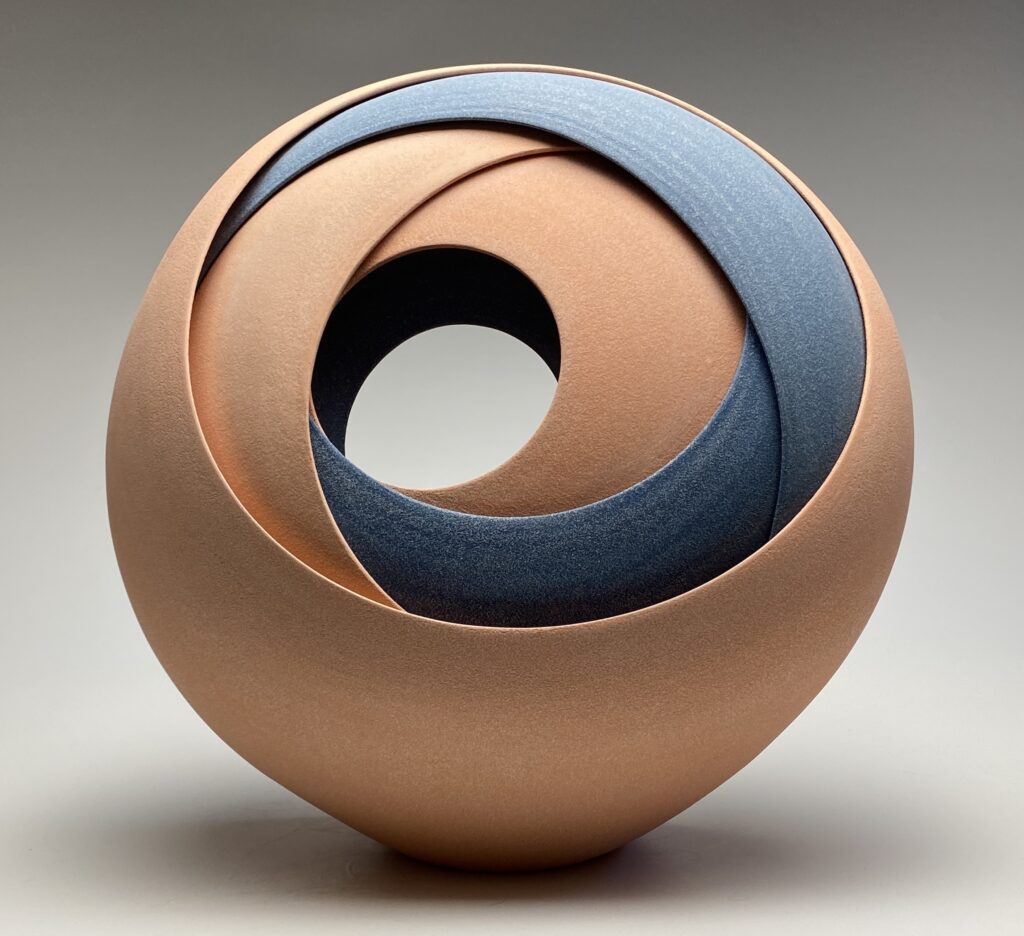With the enduring desirability of glass collectible design, a new generation of designers is innovating to increase its sustainability and allure
The history of glassmaking is one partly of theft, partly of global trade, and above all, of innovation. Glassmaking in Venice stretches back to Roman times, but by the late 13th century, glassmakers sequestered on the Venetian island of Murano were the regional experts until their trade secrets were stolen, first by France, then Germany, then Bohemia in the modern-day Czech Republic, each creating precious objects with their own style and local recipes.
Today, the proliferated industry is still exploring and expanding processes as uses of the medium now range from art to collectible design and from high-performance architecture to laboratory equipment. However, like in much of the contemporary design world, questions of consumption and sustainability are on the rise in glass, too. A new generation of designers is turning their attention to an overlooked export of the industry’s myriad of products—its waste.
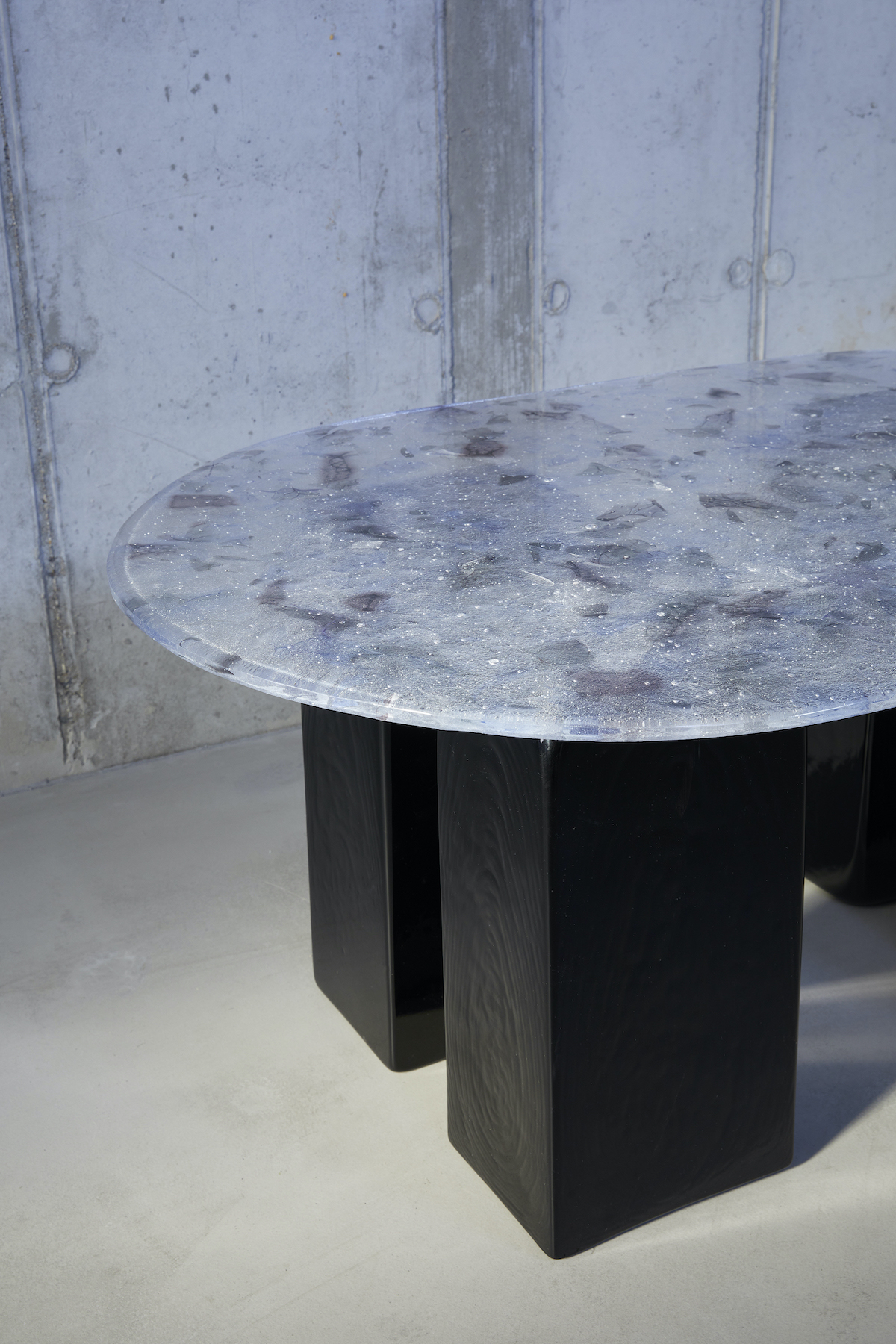
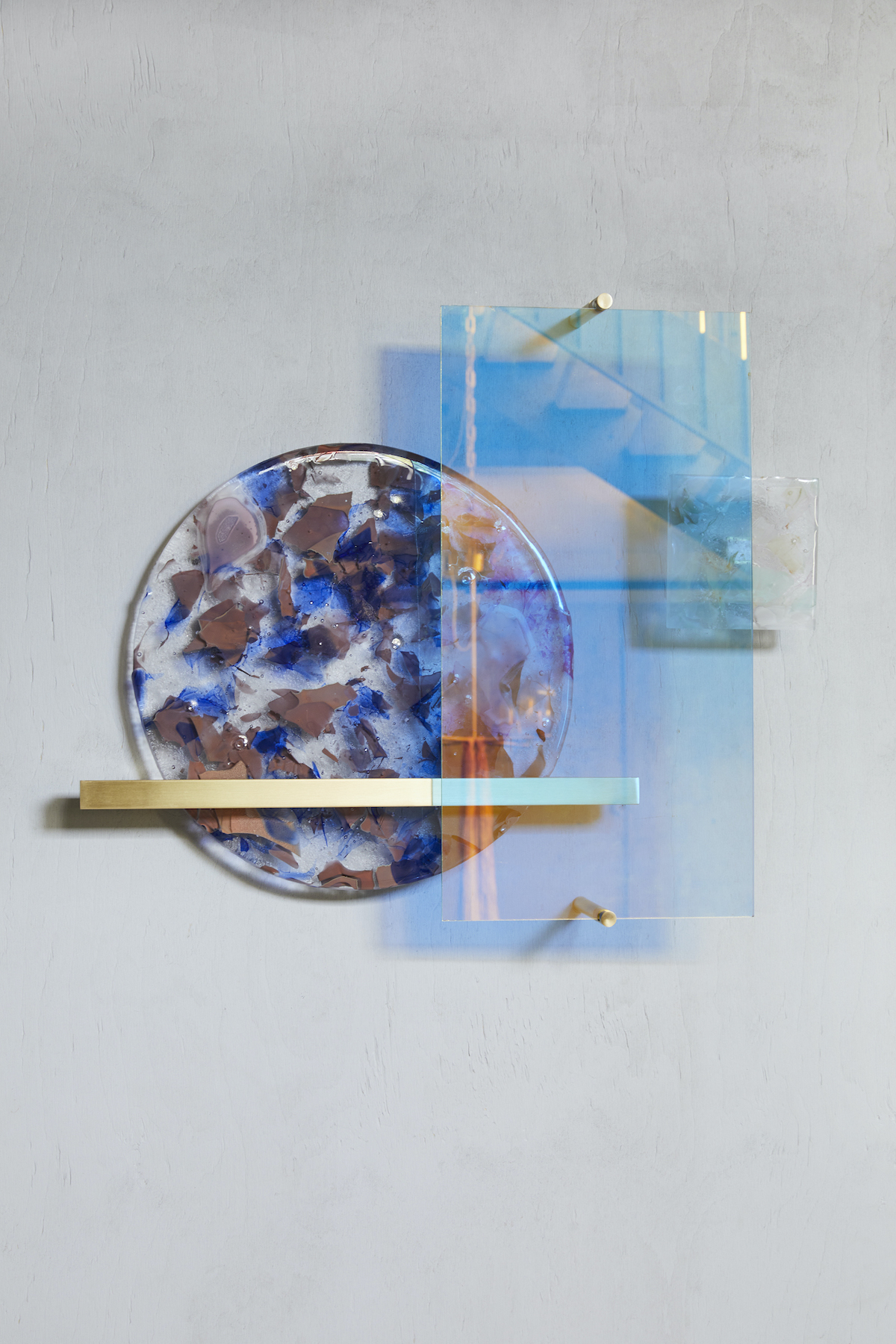
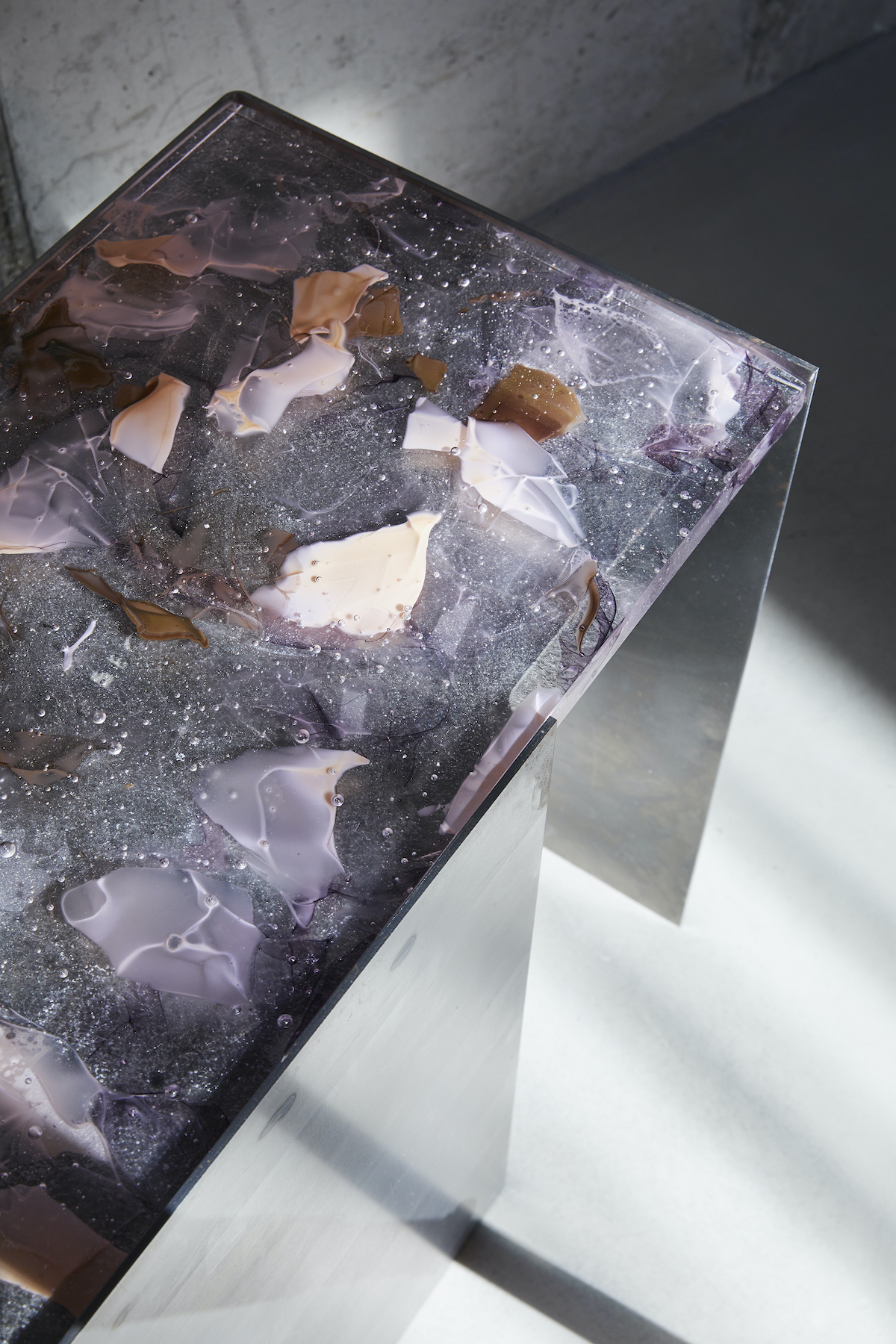
“Glass has been a recycled material through history, as glassblowers have long thrown cullet [broken or waste glass] from failed pieces back into the furnace to remelt and reuse,” explains Amy Schwartz, director of the studio at the Corning Museum of Glass in New York. “Glassmaking is an expensive medium, so artists seek out innovative ways to reinvent and use recycled materials,” she sums. While raw material cost can certainly sway a designer to a methodology with less waste, it’s far from the only motivation. Today’s makers have a new breadth of experimentation in what kinds of glass can be recycled, where it is collected, and how these shards, pieces, or leftovers are presented in the objects they become.
Glassmaking is an expensive medium, so artists seek out innovative ways to reinvent and use recycled materials.
Amy Schwartz, Corning Museum of Glass
This trend can be seen even in places with historic glassmaking roots. Bohemia has been a leading producer of glass and crystal since the late 17th century, when the region created both the world’s first chandeliers and school of glass. While the now-dubbed Crystal Valley continues to thrive, contemporary Czech talents are turning their country’s maker heritage back onto itself through experiments in how to create a closed cycle out of glassmaking. At the recent Designblok festival in Prague, designers Jakub Jandourek and Michaela Tomišková of Dechem presented Fragmentglass, a project that uses shards of discarded glass lamps, vases, and technological waste linked to glass production itself to create new sheets infused with dappled color that can be made into panels, tabletops, or lighting.
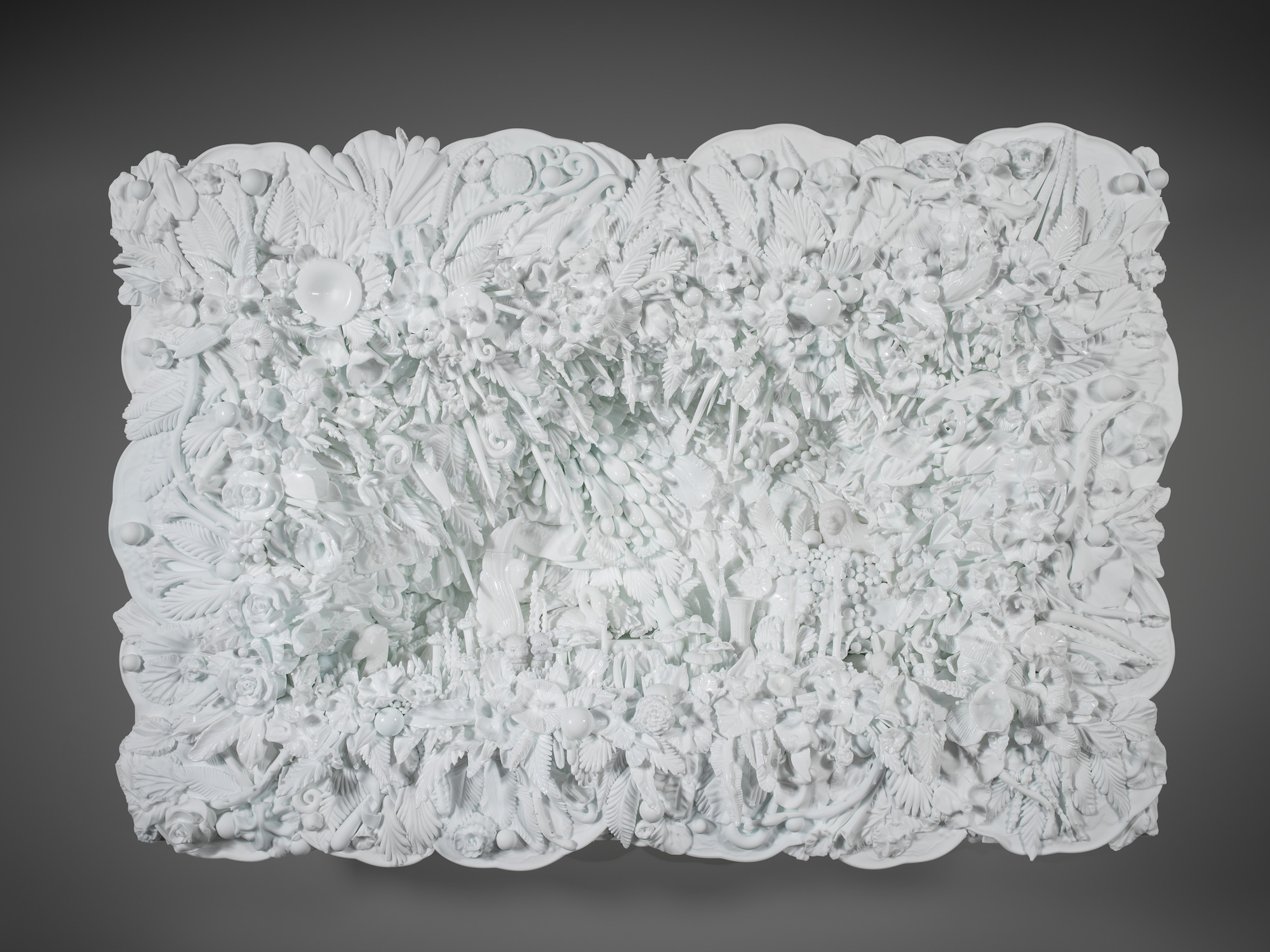
“It hurts to throw away such [discarded] objects—we gave them the same care during production as all the others. By remelting them, we obtain a board material that always has a unique structure,” explains Tomišková, who notes that the ecological advantage of this technique is a welcome byproduct of creation.
Across the world, contemporary designers are inventing reuse for discarded glass household items. Brussels-based design duo Theresa Bastek and Archibald Godts of Studio Plastique have dedicated their work to exploring material supply chains and through their Common Sands initiative, glass has become one of them. Last year, in collaboration with Norwegian architecture firm Snøhetta and Italian tile manufacturer Fornace Brioni, the studio launched a line of terrazzo-esque glass tiles made of tempered pieces of the material from trashed microwaves and ovens. In Accra, artist Michael Tetteh, who has a familial background in glass bead production, has shifted his practice to vessels and decorative objects, which he hand blows in a hot shop he built himself, from e-glass, windows, and bottles collected at scrap yards in Ghana’s capital. In Oaxaca, Mexico, Studio Xaquixe also focuses its hot shop productions on recycling the ubiquitous silica-based soda lime glass, used for food containers and panes. Its goal is two-fold sustainability: recycling the material and doing so with the smallest carbon footprint possible, the latter achieved through forward-looking tools and methods like the solar and gas-powered ovens or biodigestors in their facility.
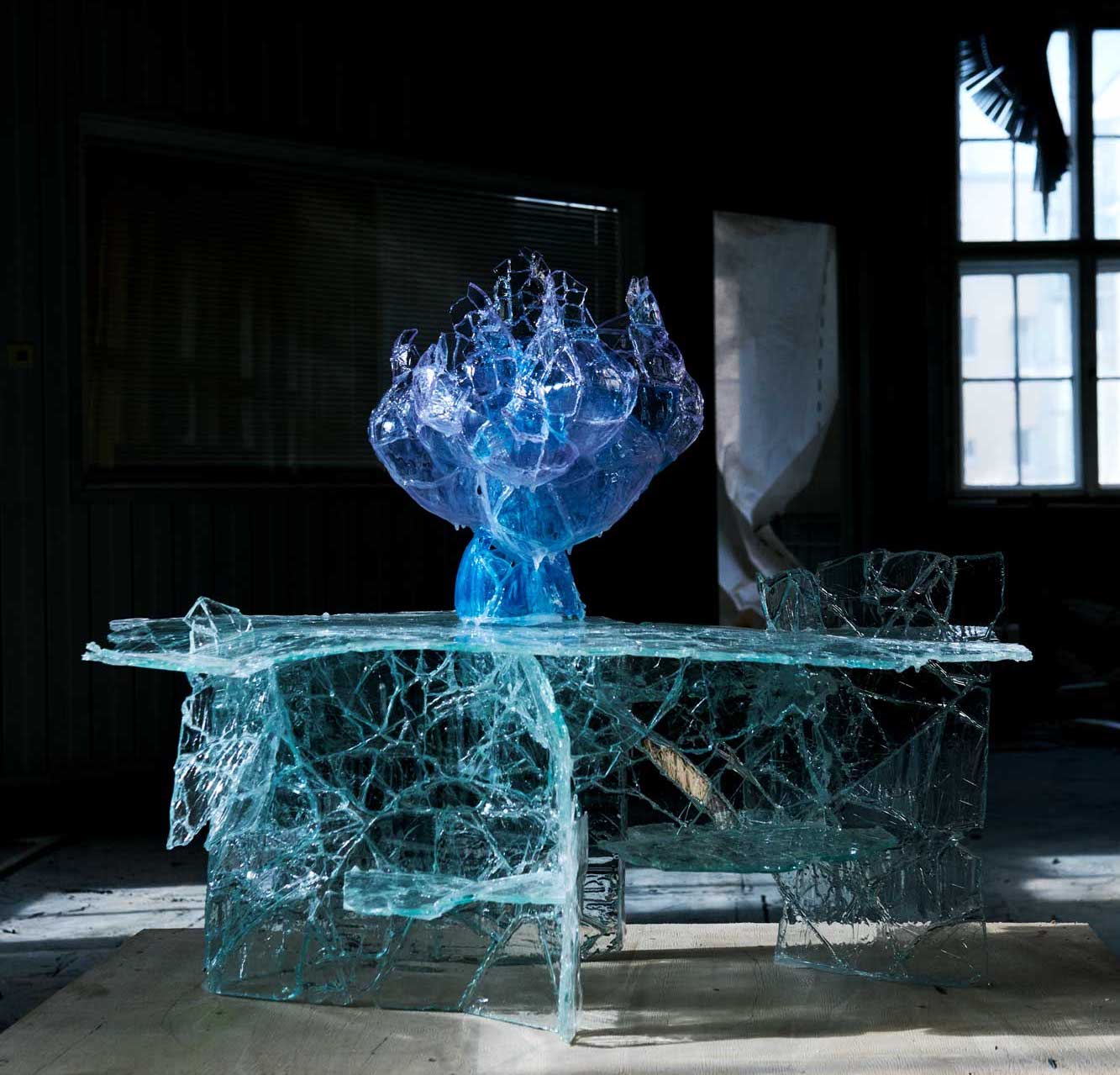
Meanwhile, in his rural Crystal Valley studio, Brazilian artist Ricardo Hoineff creates some of his functional objects and abstract and figurative artworks from ubiquitous waste from the hot shop itself: the glass factory sample, a transparent disk displaying clarity and color options available. Those not remelted and employed by innovative designers like Hoineff, who attended the Czech region’s historic Novy Bor glass school and made a late career shift from his previous work as a set designer and Czech television campaign producer, are often stamped with a factory logo and sold as an unideal paper weight. He slumps these samples en masse over molds and into organic shapes, sometimes as sculpture, sometimes as vessels.
Cowan collects vintage pressed glassware languishing in cabinets and closets across America, and transforms it.
Amy Schwartz
Hoineff is one of several contemporary creatives exploring a new aesthetic of recycled glass work—one that doesn’t hide the prior nature of the components that built it. At Designblock this year, Prague-based designer Tadeas Podracky showed The Metamorphosis, a new table and vase made of recycled glass pieces that he hand-glued organically to create new forms of the ubiquitous furnishings. Podracky describes his method of grafted shards as “creation through destruction,” and the results, which seem fragile or cracked, ask their viewer to question what a “finished” piece looks like. Using a similar material, Philadelphia-based glass artist Amber Cowan aims for a more polished look for her final sculptures and vessels. Speaking specifically to consumption culture, “Cowan collects vintage pressed glassware languishing in cabinets and closets across America, and transforms it,” describes Schwartz, into intricate bursts of small figures, flowers, fruit, leaves, spirals, spikes, and swans, all in similar tones of one color. The artist gathers her physical source material at flea markets, thrift shops, and cullet dumps, and gives it new life in works that demand close examination.

And then there are those talents aiming to reorient what we think of as glass entirely. In Copenhagen, Polish designer Justyna Poplawska makes recycled glass furniture from the dust of its own pieces, grinding them into sugar-like bits of various sizes and then recombining them with pigments and bio-resin. Her tables, room dividers, and trays are opaque washes of several sandy hues. Though they are made, and appear, more like a terrazzo than a hot shop object, they are glass—in a new format. While glassmaking’s historic roots remain ever-relevant, today’s designers see its future in what its discards can become.
Read more: Design | Designers | Makers + Artists | Interiors | Furniture | Design Fairs




